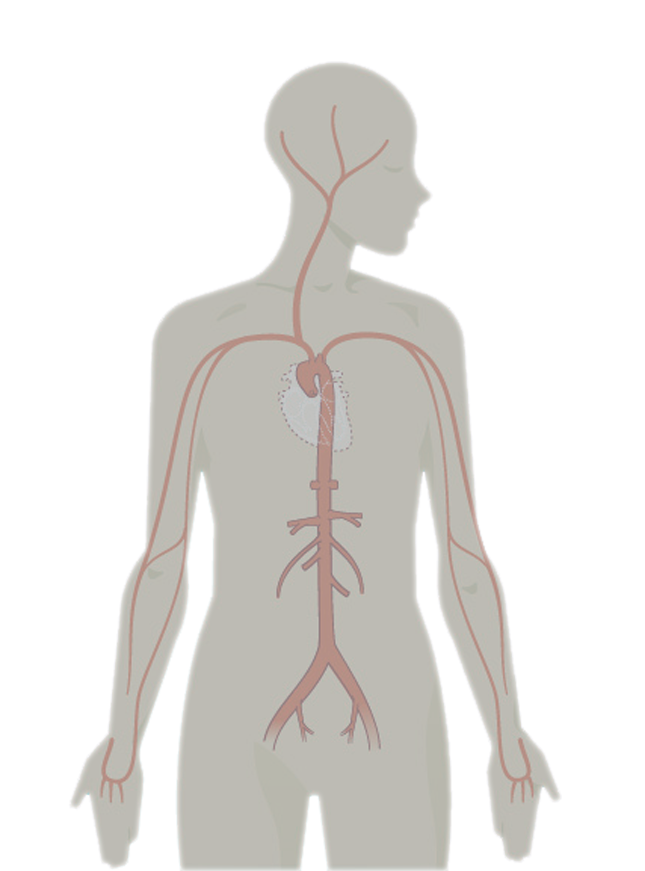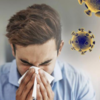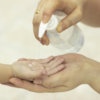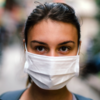What is a Business Continuity Plan?
Business continuity planning(BCP) is the process of creating systems of prevention and recovery to deal with potential threats to a company. In addition to prevention, the goal is to enable ongoing operations before and during execution of disaster recovery.
Carrier Free Health provides simulation tools to help assess your businesses threat level, and estimate a timeline your company has to respond. These user-generated reports provide insight and metrics which prove useful within your companies Business Continuity Plan(BCP).
Canadian Government Response
The Canadian Government has advised that employers should prepare for increases in absenteeism due to illness among employees regarding COVID-19
Employers should access their business continuity plans, which should include a plan for how to maintain key business functions if faced with high absenteeism. Consideration should also be given to the need for cross-training personnel to function in key positions. This is an important element of Business Continuity Planning.
Ensuring economic resilience
PM announces $82 billion in economic aid
- Prime Minister Justin Trudeau announced an additional $82 billion in relief measures to offset the economic impact of the coronavirus pandemic, including $27 billion in direct support for workers and businesses. The relief package represents more than 3% of Canada’s GDP.
- For Canadians without paid sick leave who must self-isolate or care for family members or children, the government is introducing an Emergency Care Benefit that will provide up to $900 bi-weekly for up to 15 weeks. Ottawa will also provide up to $5 billion for unemployed workers without access to employment insurance and may subsidize businesses up to 10% of employee wages to help prevent layoffs.
Source: Global News
Business Travel
For business travel, check the latest information on affected areas and any travel health notices. Consider the risks and benefits related to upcoming business travel. It may be better for the health and safety of your employee if they attend meetings virtually.
International business travellers returning from affected areas should self-isolate and continue to monitor themselves for symptoms. Employees should contact the public health authority in the province or territory where they live.
Getting your workplace ready for COVID-19
Real-time Data
World Health Organization(WHO) Outbreak Map
Disclaimer: Carrier Free Health is not responsible for the accuracy of any data provided by the World Health Organization(WHO). The information provided within this dashboard is subject to change without notice.
Simulation Tools
Forecast potential outcomes
Instantly render custom charts and graphs by entering your companies business profile. Our tools help your business visualize potential absenteeism rates in pandemic related scenarios such as COVID-19.
Attributes
Parameter Definitions
The total number of people employed within your company.
The date in which the simulation begins. This is usually the date in which the first infected person is discovered.
The percentage of people whom are actively present and working within your place of work.
The number of people immune to infection or isolated from your workforce.
The amount of workforce personnel who are known to be infected with a viral disease.
The estimated number of people each infected person will transmit disease to.
The period of time between exposure to an infection and when symptoms begin.
The rate at which the disease will be stopped(contained or cured).
Are you a carrier?
Learn the symptoms and basic ways to fight back
COVID-19 Symptoms

FEVER
One of the first symptoms is a fever within the first 2-14 days of becoming infected.
DRY COUGH
A dry cough is common among cases of COVID-19.
Shortness of breath
Shortness of breath may occur for other reasons, but if you have persistent difficulty in breathing, you should consult a physician immediately.
Are you carrier free?
Below are the basic steps you should take to guard yourself, business, and loved ones, from bacteria and viruses.






